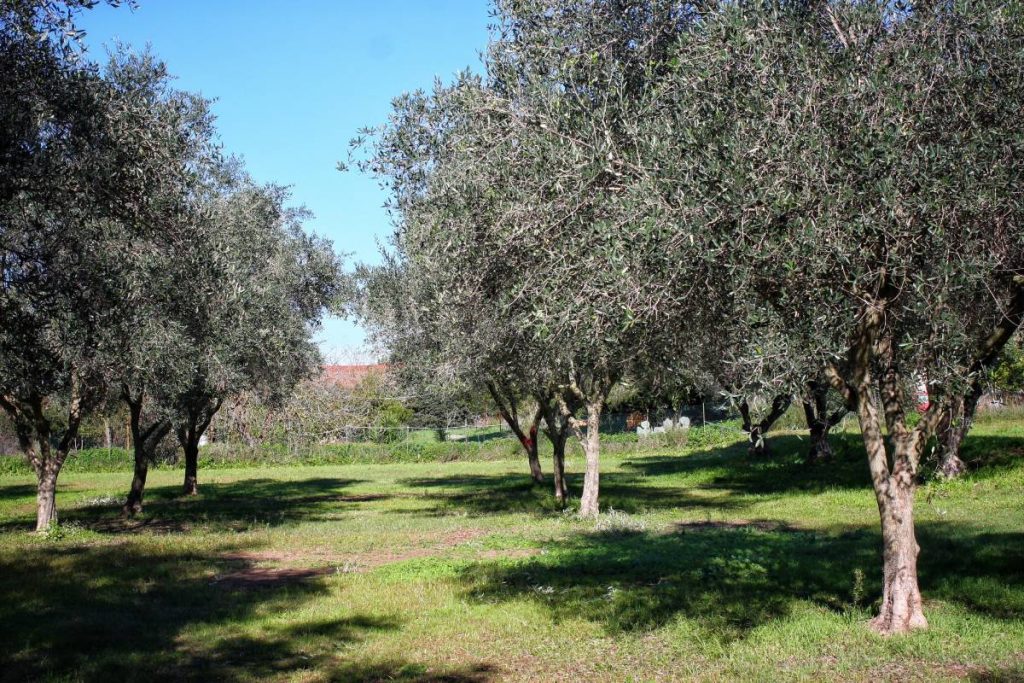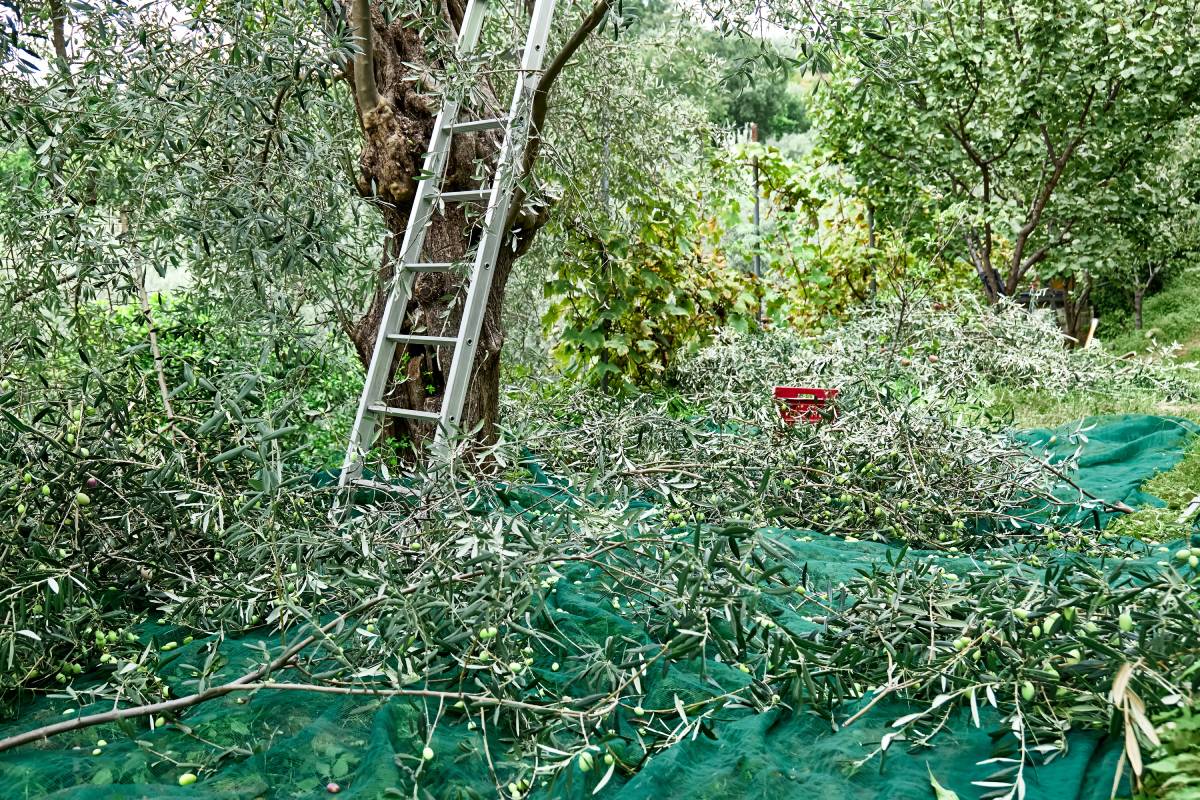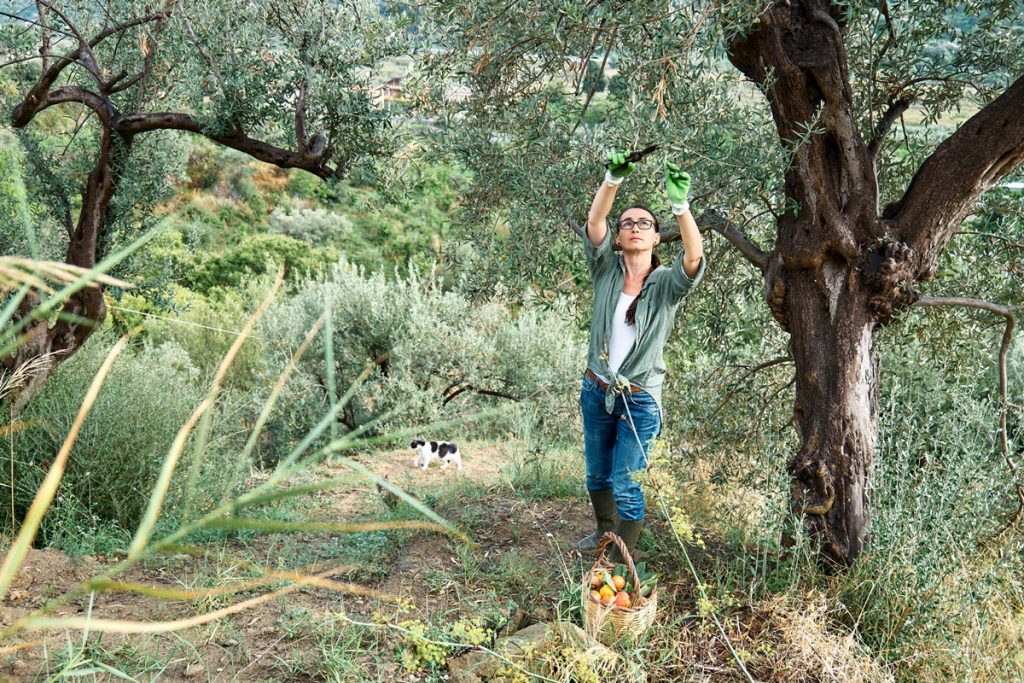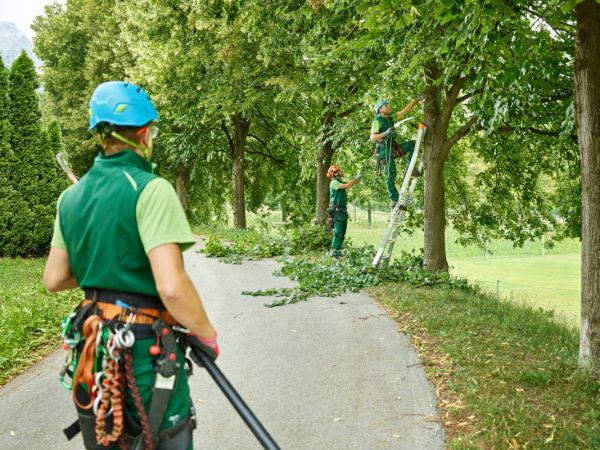
How big do olive trees get in Australia? Pruning Olive Trees: How and when is best?
Do you have an existing olive tree on your property that you’d like to learn more about? Perhaps you haven’t tended to it in a while and feel like it could probably use a little TLC. Or maybe you’ve moved into a new property and olive trees are growing in your yard that you want to learn how to properly care for? Whatever the case, this is the article for you. We’ll begin with some insight into how big olive trees grow in Australia, including how and when to prune them. Let’s get started!

How big do olive trees get in Australia?
Whether you’ve just planted a new olive tree in your garden or you’ve moved into a new property with some growing in your yard, you’ll likely want to know just how big they can get in Australia.
Of course, as with most trees, it all depends on the species; some types of the olive tree can grow up to a staggering 15-metres tall. Others tend to remain about the 6 to the 8-metre mark. The feral olive tree is one example of a tree that can grow to an average of 12-metres tall.
In any case, you should always research the type of olive tree that you have, particularly if you want to grow your own olives (not all olive trees actually bear fruit – or not edible fruit at least).
When in doubt, call your local arborist. They will be able to identify the olive trees on your property and advise you accordingly. Or, if you’re thinking of planting a new olive tree to grow your own fruit in the future, make sure you do your due diligence before going ahead and purchasing seeds or a potted olive tree.
How is olive tree pruning done properly?

If you’d like to know how to properly prune an olive tree, we’ll take you through a handy step-by-step guide.
Again, when in doubt, you should always call for professionals. The fact is unless you prune a tree carefully – and with the proper equipment – you could invariably end up doing the tree more harm than good.
In any case, if you would like to give it a stab yourself, here’s what you need to know:
- Invest in a proper lopper and pruning saw to handle this.
- When shaping the tree, always remember to make a few, well-placed cuts, as opposed to many.
- The best type of pruning style for olive trees is “open-centre” or “vase” pruning. This involves removing the tree’s central branches thus allowing sunlight to penetrate the tree. Furthermore, opening pruning also increases the overall surface area for fruiting.
- Once the central branches have been removed and you have established a solid structure, all of the future pruning will simply be maintenance.
- Once established, pruning your olive trees only involves removing any new growth that is beginning to fill the centre of the tree.
- If you wish to keep the olive tree’s height restricted, consider pruning out the tallest branches (particularly handy when growing a tree in a pot in your home).
- Always use thinning cuts – as opposed to heading cuts (heading cuts stimulate new, tall growth).
- For older and tall trees, if you wish for it to produce fruit again, you may need to prune them quite significantly – in which case you should consult the experts to be on the safe side.
- New growths tend to appear just above where you made the initial cuts.
These steps are essential for olive trees that are intended for fruiting. Growing your own olives is really fun and delicious too! However, if the tree is purely going to be ornamental, you won’t need to do all that much in the way of pruning – just some routine maintenance to keep it healthy and in check.
When is the best time for olive tree pruning in Australia?
Now, what is the best time for you to prune your olive trees in Australia? Ideally, you’ll want to wait until the end of winter and just before flowering. Additionally, you can prune olive trees in the spring or early summer so long as the tree has begun to open its flowering buds (doing so at this time can allow you to easily assess the probable fruiting crops before you trim away).
In any case, always wait to prune your tree until the rains of winter are through as pruning will open wounds that will be prone to water-borne diseases.
Not only that, but olive trees are actually significantly more vulnerable to frost damage after it has been pruned, which is why some people prefer to wait until the springtime.
Should you prune olive trees every year?

And what about frequency? Should you prune your olive trees every single year? The short answer is: yes.
You should aim to give your olive trees a light pruning every single year so that you can keep the canopy healthy. You’ll want to keep on top of dead and dying branches and ensure that the tree remains strong, both structurally and aesthetically.
Remember, most olive tree species actually produce heavy crops every other year.
Oh, and don’t forget to prune off suckers regularly as they will rob the canopy of much-needed water and nutrients during the summer months!
Conclusion
- To recap, olive trees can grow up to 15-metres, while most tend to sit around the 6 to the 8-metre mark.
- Pruning olive trees requires the correct equipment and technique and should be approached with careful consideration.
- Aim to prune your olive trees at least once a year – particularly when targeting suckers and dead branches.
Remember, if you don’t quite feel confident doing this by yourself, hire professionals in tree pruning to assist you. It’s better to be safe than sorry – particularly if you want to have a healthy, fruiting olive tree that yields a delicious, sizeable crop each year.






